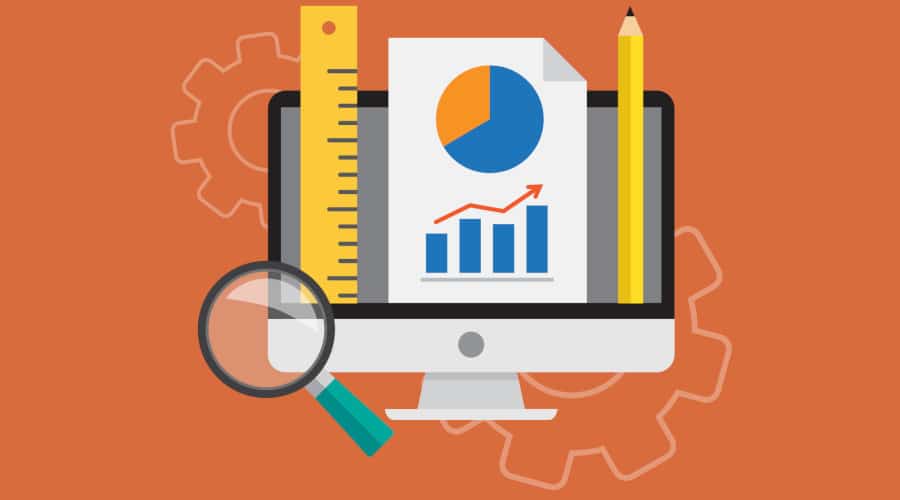Before being fully effective, the Machine Learning process requires numerous training phases to integrate the available data sets. And to improve the Machine Learning model with each new training session, it is essential to quantify these different metrics. This is precisely where quantification comes in.
What is quantification?
Quantification is a mathematical concept whose aim is to associate a numerical value with an object of study. It is based on :
- Counting: this concerns the object of study or event to be quantified.
- Measurement: this involves assigning a numerical value to certain aspects of the object of study, according to a rule of convention. But beware: measurement is not aimed directly at the object.
- For example, it’s not possible to measure individuals as such, but several characteristics of these individuals, such as their age, weight, height, etc., can be measured.
It is therefore possible to quantify all types of qualitative data, whether text, images, videos, etc. The advantage of this method is that it makes it easier to compare data with one another. The advantage of this method is that it makes it easier to compare data with one another.

What are the different types of quantification?
There are different types of quantification. Here are the main ones.
- Universal quantification: this is expressed in expressions like “for all…” or “whatever…” and is represented by the symbol ∀. For example, the formula ∀xP(x) means that any object in the domain under consideration possesses the property P.
- Existential quantification: this quantification refers to the expression “there exists at least one…” and is materialized by the symbol ∃. Here, the formula ∃xP(x) means that at least one object in the domain under consideration has the property P.
- Quantization in signal processing: the aim is to assign values from a discrete set to a signal. In other words, to determine the closest value in an arrival set Y from an input value in a space X. This type of quantization is used in analog-to-digital conversion, and in particular in the compression of audio or image signals.
Join DataScientest to master Machine Learning
While quantification facilitates the measurement of Machine Learning metrics, it comes at the end of the machine learning process. Data Scientists also have to prepare Machine Learning models, analyze data, train models, and so on. To do this, they use a multitude of mathematical concepts and specific software capable of preparing and analyzing data. As such, training is more than necessary and DataScientest is the place to be!











